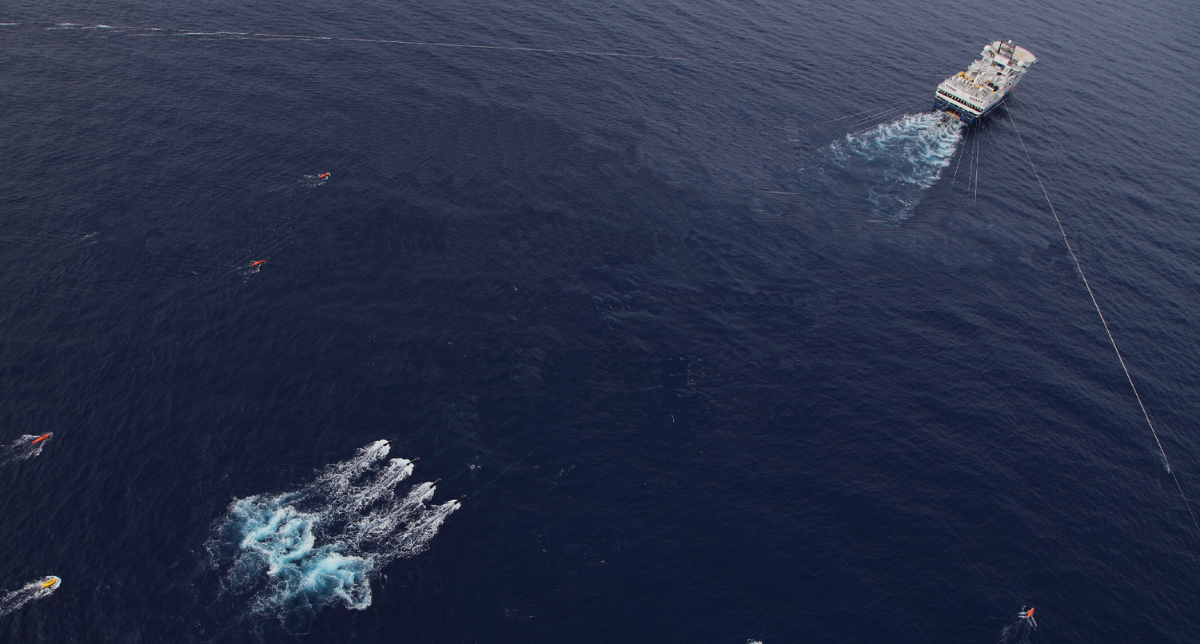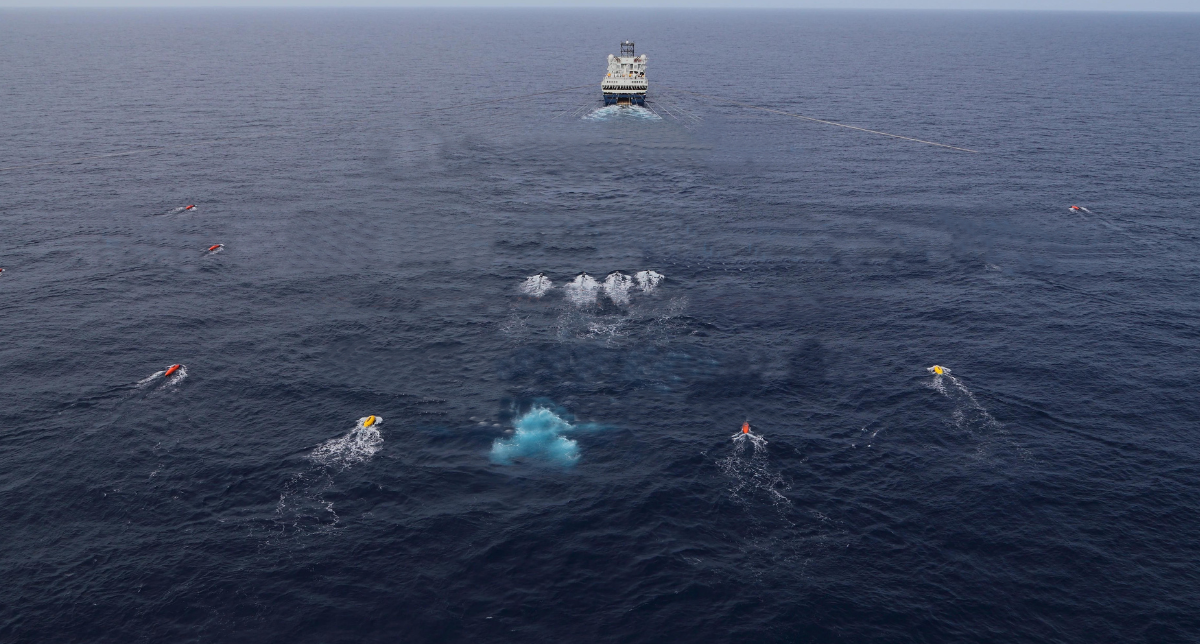Proper cable handling is essential for ensuring the longevity and reliability of your cables. Whether you are shipping, moving, unpacking, or storing them, any mishandling can result in damage that can be time-consuming and costly to fix or replace.
Prevention is always better than cure, and the key to avoiding subsea cable damage is to handle them correctly from the beginning. In this blog post, you’ll have insight into the different stages of cable handling with practical tips to help you ensure that your cables remain in top condition for as long as possible.
Handling During Shipping
Preventing cable and drum damage during shipping is crucial, but mishandling them is a common risk. To ensure safe transportation, here are some important considerations to keep in mind.
- Drum Transport: When transporting drums, it's important to keep them upright and avoid tipping them onto their side. Tipping the drum can damage the flange, causing the coils to drop and making it difficult to unwind the cable.
- Battening the Drum: To protect the cable and hoses during shipping, it's a good idea to batten the drum. This will help to prevent any damage caused by sudden movements or bumps during transportation.
- Chocking The Drum: Chocking the drums on both sides, across the width of the drum is always a good idea. Choking just the middle can cause the batons to break and damage the cable, leaving the drum free to move. So use solid timbers as chocks and place them across the width of the drum.
- Fixing the Drum: To ensure the drum stays in place during transportation, it should be firmly fixed using chains through the centre. This will prevent the drum from rolling or moving, which can cause damage to the cables.
Handling During Unloading & Moving
When it comes to lifting cable drums, it's important to take precautions to prevent any damage. One effective method is to use a lifting bar that goes through the centre of the drum and a spreader bar above it to avoid crushing the drum flanges. This can help ensure that the drum is lifted evenly and safely.
If you're using a forklift to lift the cable drum from underneath, there are a couple of things to keep in mind. First, make sure that the forks are long enough to lift on both flanges. This can help distribute the weight of the drum evenly and prevent it from tipping over. Second, check that the forklift can safely handle the gross weight of the drum. This can help avoid any damage to the cable and ensure that the lifting process goes smoothly.
When the cable drum is stationary, it's important to wedge it under the flange with chocks in the front and back. This can prevent any movement that could cause damage, especially for heavy drums. By taking these precautions, you can help ensure that the cable drums are lifted safely without causing any damage.
Handling During Unpacking
By following these steps when unpacking the drums, you can greatly reduce the risk of causing any damage in the process:
- Examining the Drum: Check the drum for any signs of mishandling during shipping before removing the protective batons. Signs of mishandling could include broken or splintered flanges or batons, twisted flanges, or a sagging barrel.
- Securing the Drum: Before removing the protective batons, make sure to secure the drum with chocks to prevent it from rolling away uncontrollably.
- Removing Batons Carefully: When removing the batons, be careful not to damage the underlying cable. Remove any nails from the cable drum since they can harm the cable sheaths and terminations during unwinding. Finally, remove the protective wrap directly over the cable.
- Checking Cable Ends and Terminations: Check the cable ends and terminations to ensure they are secure before starting the rewinding operations. Pay special attention to the terminations, as unterminated cables are fitted with heat shrink and caps to prevent water from getting in.

Drum Storage
For optimal storage to prevent any potential subsea cable damage, we recommend checking the following elements:
- Temperature: Keep them in a temperature range between -20°C and +60°C. This will help prevent damage to the insulation and ensure good performance.
- Coverage: Store cables under cover to protect them from the elements (especially sunlight) and further prevent damage to the insulation.
- Size: Use the correct size drum or winch. The drum's barrel radius should be greater than or equal to the cable's minimum bend radius, and the cable should fit completely on the drum. If there are large terminations, store them on a separate flange on the drum.
- Uniform Coiling: Coil the cable uniformly onto the drum with no gaps or crossovers. This will prevent damage during transit or long-term storage.
- Location: When storing the drum, make sure to place it on level ground and wedge it under the flange with chocks to prevent it from moving. Store the drum away from machinery or processes that produce damaging byproducts.
- Environment: Depending on the environment, you may want to treat your cables differently:
-
- If cables have exposed armour wires, clean them with water and re-grease them before storage.
- If cables are stored in a damp environment, apply grease on the outer layer of the cable every six months.
- If cables are stored in a dirty or dusty environment, cover them to prevent dirt from collecting on the grease.
- In all cases, clean and re-grease the cable before using it.
Key Takeaways
Proper cable handling is absolutely crucial to guaranteeing the longevity and reliability of your cables. It's evident that there are many factors to consider when handling cables, but taking the necessary precautions can save you time, money, and the hassle of subsea cable repairs or replacements. By following these guidelines, you can ensure that your cables enjoy a lengthy and productive lifespan while also safeguarding your investment. While proper maintenance can help to keep your cables operational, it is always preferable to prevent issues before they arise, and investing time in appropriate cable handling techniques is an investment in the longevity and effectiveness of your cables.
Have you detected any faults in your cables or observed any signs of damage resulting from improper handling? If so, consider contacting De Regt for a Field Service. Our team can visit your cable on-site to assess any issues and provide guidance on how to proceed. For assistance in determining when it is appropriate to contact De Regt, refer to our decision-making chart, or schedule a consultation with one of our specialists.


